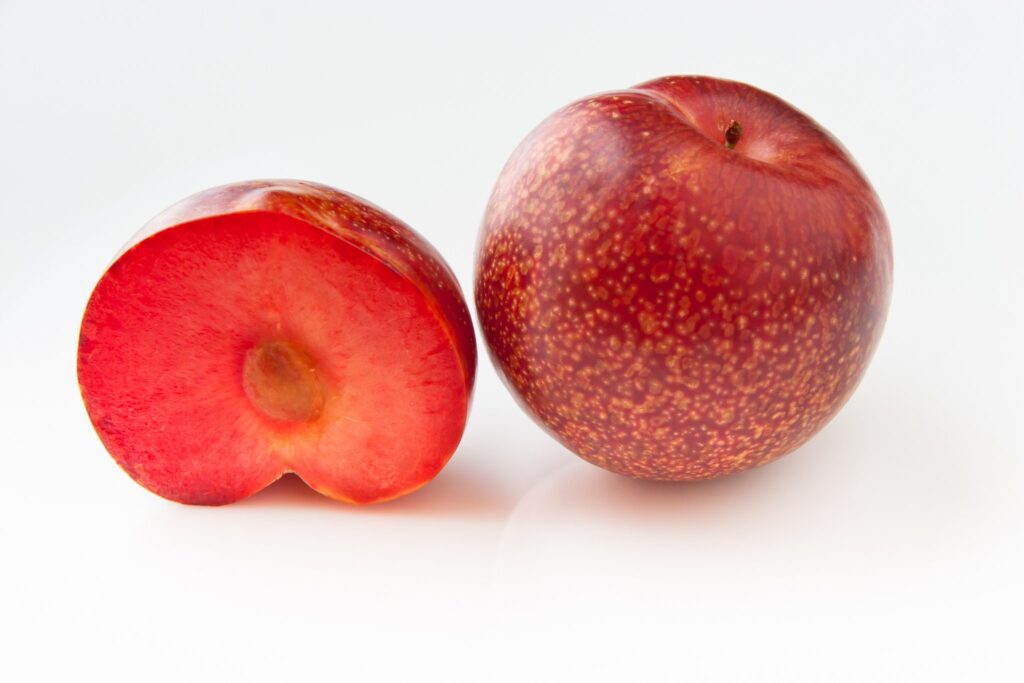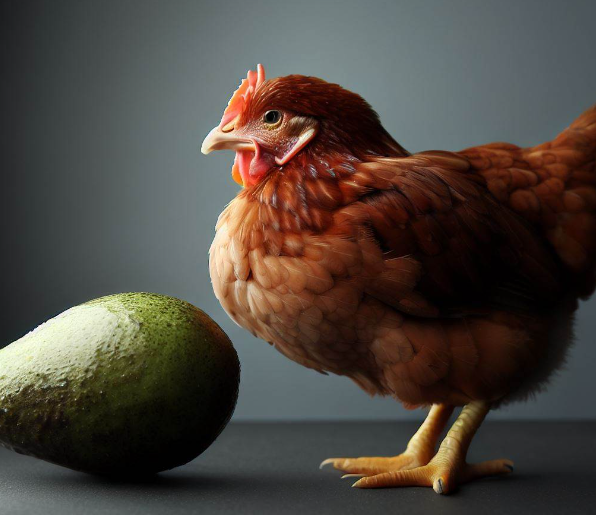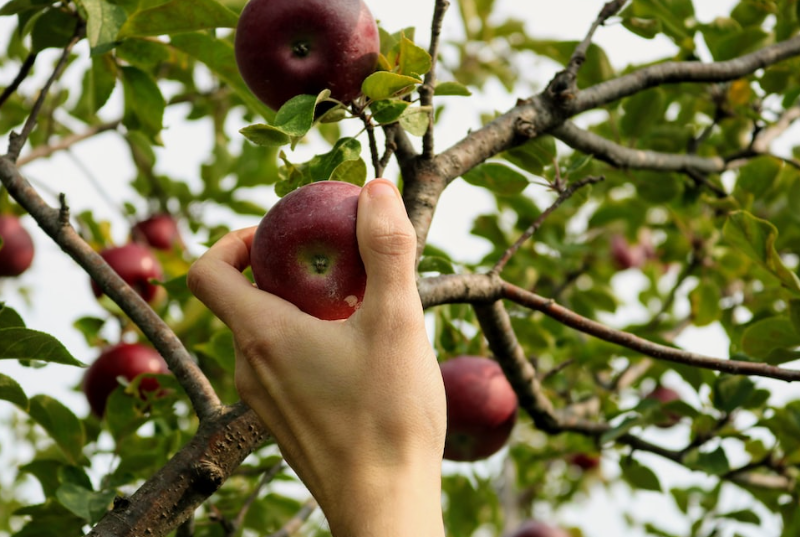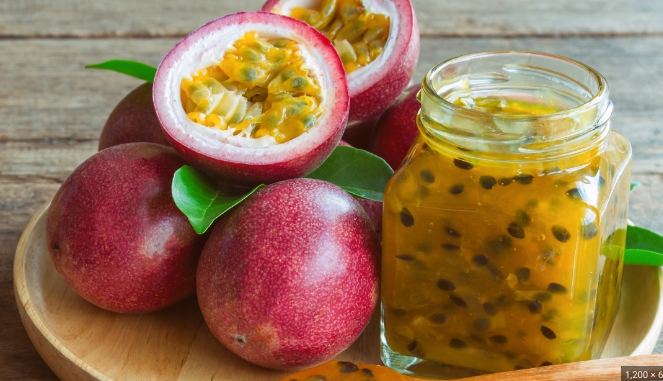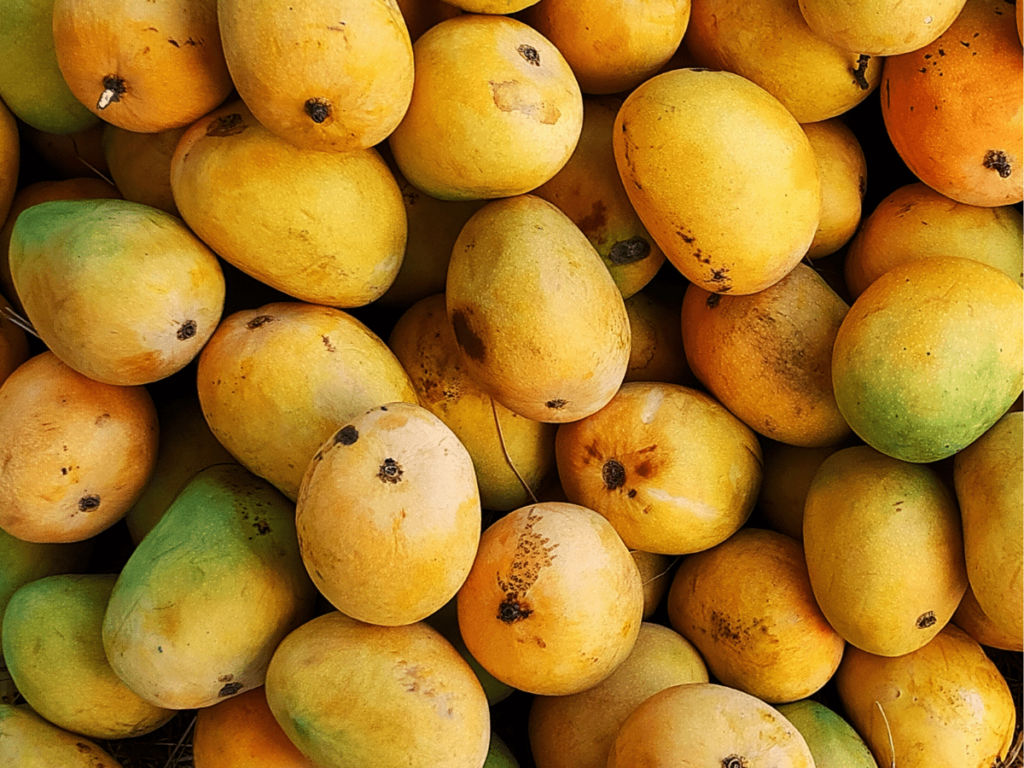If you enjoy eating figs, you might want to know how much time it takes for them to become ripe. Figs are not only tasty but they also offer many important nutrients like fiber, vitamins, and minerals. They taste the best when they’ve fully ripened. This article will explain what impacts the ripening of figs and the usual time required for them to become ripe.
Table of Contents
What Influences the Ripening of Figs?
There are several things that can affect how quickly figs ripen. Below are key factors that can influence this process.
Type of Fig
Not all figs ripen at the same rate. Different types of figs can take various amounts of time to ripen. For example, Black Mission and Kadota figs ripen pretty quickly. But Brown Turkey and Calimyrna figs generally take a bit longer before they’re ready to eat.
The Weather and Climate
The local weather and climate have a big effect on how figs ripen. Figs do well in places that are warm and not too wet. If it’s too rainy or humid, figs can ripen slowly or even start to rot. Cold temperatures can also make figs ripen more slowly.
Soil Quality
The quality of the soil where figs are planted matters too. Figs grow the best in soils that drain water well and have plenty of nutrients. If the soil is very hard and doesn’t drain properly, the figs might not ripen the right way.
How Much Time Do Figs Need to Ripen?
The time it takes for figs to become ripe can change based on how advanced the ripening stage is, as well as the weather, humidity, and soil quality. Figs might need just a few days or up to two months to ripen. Once ripe, figs are best eaten within a few days or can be kept in the fridge.
Early Ripening Stage
When figs first grow on the tree, they are small and green and are not ready to eat. Over time, as they start to mature, they turn from green to a pale yellow or a brownish color. This change signals that the fig is starting to ripen.
Middle Ripening Stage
As the fig ripens further, it gets softer. You can feel that the fig is tender when you touch it, and it may begin to have wrinkles. The fig’s color will grow darker as well.
Final Ripening Stage
When a fig is completely ripe, it will be very soft and have a deep color. The skin might start to split a little, and the fig will be heavier compared to its size. Ripe figs are sweet and juicy inside, with seeds that give a pleasant crunch.
How Can You Tell If Figs Are Ripe?
You can find out if figs are ripe in a few different ways. The color is one of the simplest things to look at. A fig that’s ready to eat will have a deep color.
Feeling the fig can also help. If it’s ripe, the fig will be soft and heavy. Lastly, you can taste the fig. It should taste sweet and juicy, and the texture will be a bit crunchy if it’s ripe.
Conclusion
Many factors affect the ripening of figs, such as the type of fig, the climate they’re in, and the soil they grow in.
Figs go through different stages before they become fully ripe, including going from green to brownish, softening, and then finally being ripe enough to eat. The time needed for figs to ripen can vary greatly. To decide if a fig is ripe, you can look at it, touch it, and taste it.
